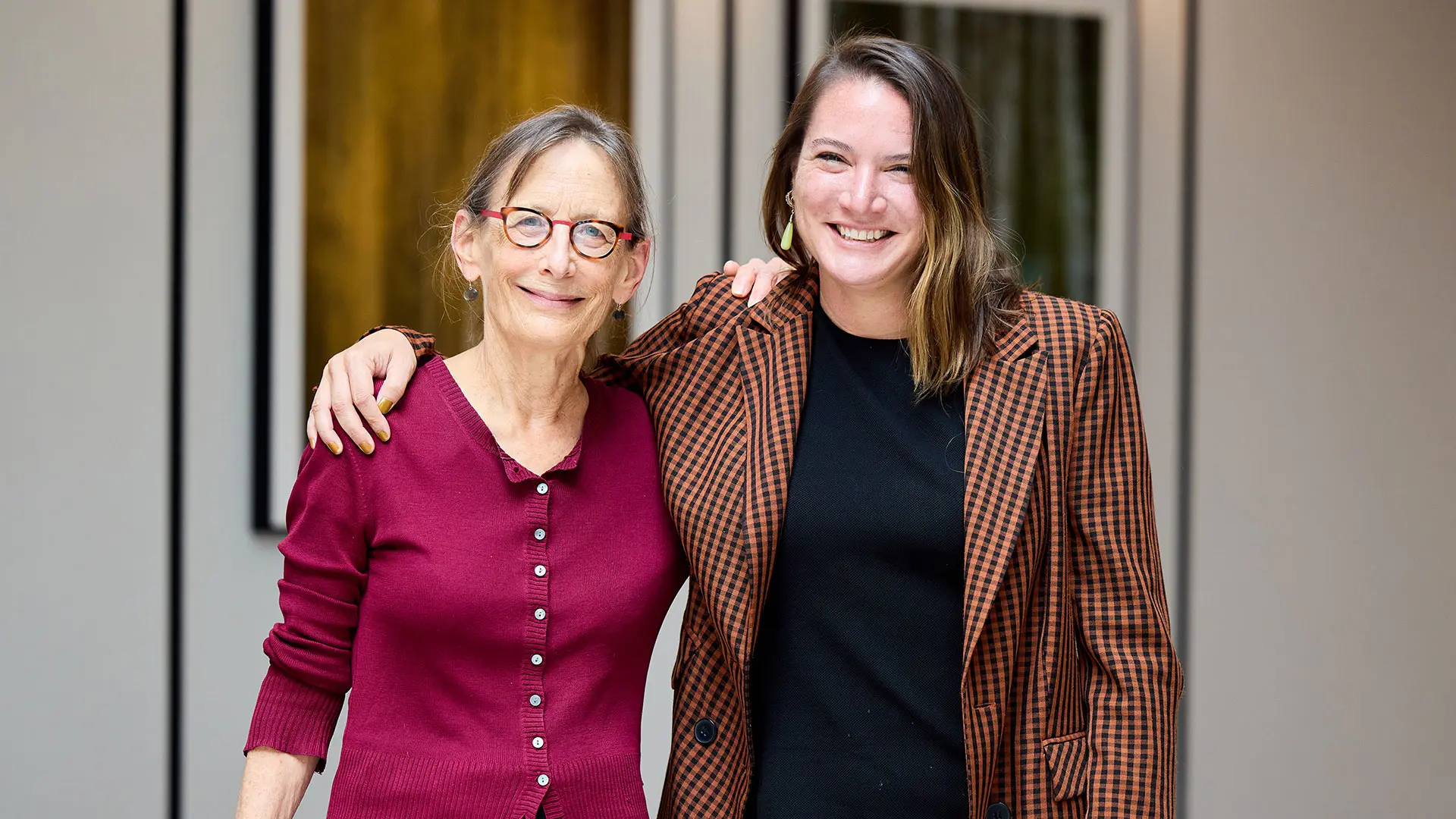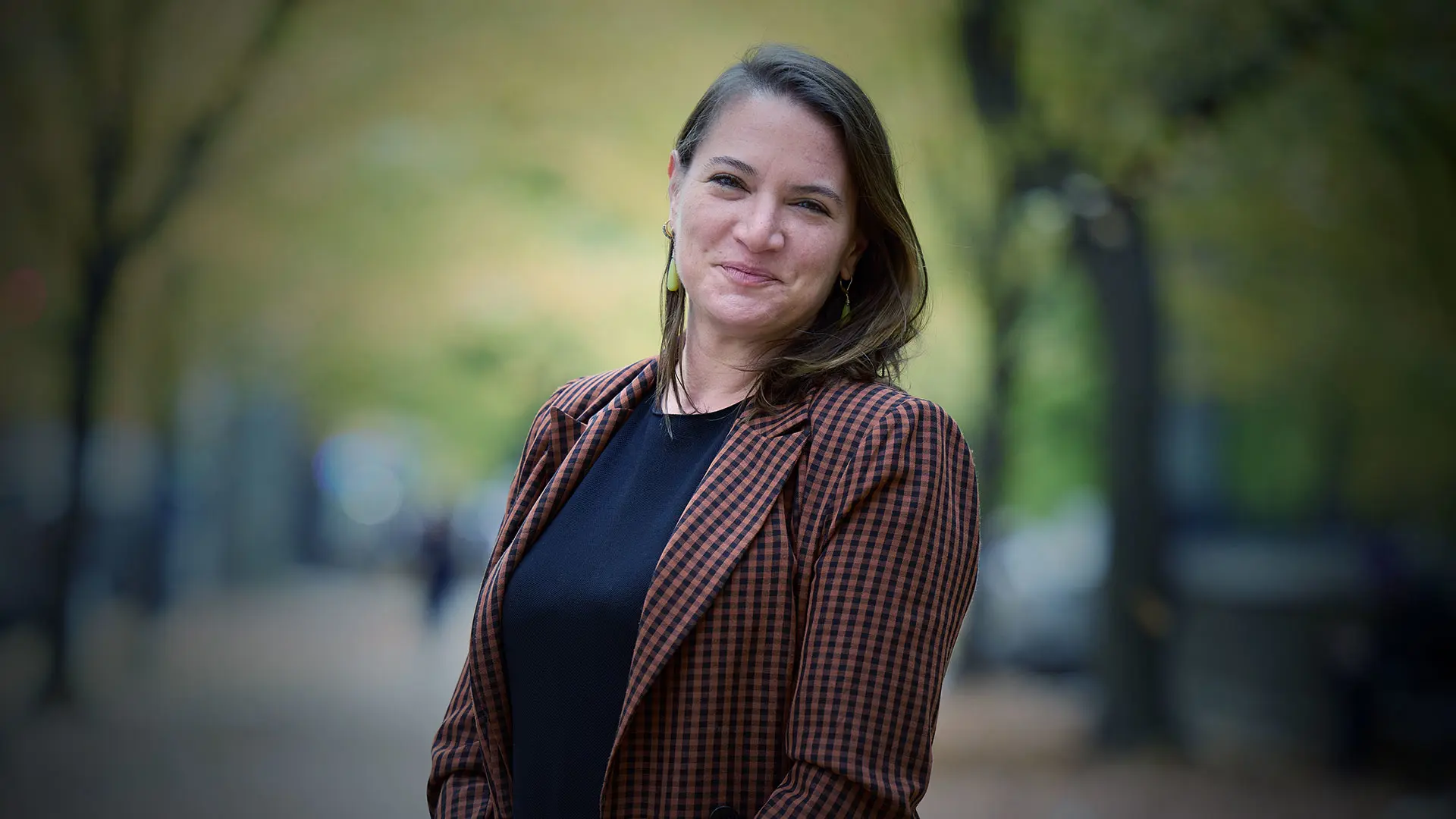In a health care environment that prioritizes high-volume, revenue-generating procedures, palliative care—with its straightforward goal of improving the quality of life for patients with serious illness and their families—was not destined to be an overnight success.
But the landscape began to change with the creation of the Center to Advance Palliative Care (CAPC) in 1999 under the umbrella of the Icahn School of Medicine at Mount Sinai, and with a generous multiyear grant from the Robert Wood Johnson Foundation. The group’s mission: move palliative care from a new, scarce discipline to a mainstream health service available to patients on a national scale.
The model soon gained traction as CAPC became the leading organization in the field committed to providing tools, training, and technical assistance to promote delivery of high-quality, sustainable palliative care to members as varied as hospitals, health systems, medical groups, home health agencies, hospices, and long-term care facilities.
As the Center celebrates its 25th anniversary in 2024, CAPC can cite a litany of accomplishments. They include bringing growing numbers of clinicians, administrators, and patients into the palliative medicine fold while transforming the way people with the most advanced and complex illnesses are cared for in the United States.

Brynn Bowman, MPA, right, took over as Chief Executive Officer of the Center to Advance Palliative Care in 2021 from her predecessor Diane E. Meier, MD, a renowned leader in the field and founder of CAPC.
"There’s no better testimony to our growth than the fact that in the year 2000, just 25 percent of hospitals with more than 25 beds had a palliative care team,” says Brynn Bowman, MPA, who took over as Chief Executive Officer of CAPC in 2021 from her predecessor Diane E. Meier, MD, a renowned leader in the field and founder of CAPC. “In 2020, that number had soared to 83 percent of hospitals with palliative care programs. Just as important, all sectors of health care began to recognize the ability of palliative care to not just improve patients’ quality of life, but, by virtue of improving quality, substantially cut costs through shorter hospital stays, reduced ICU utilization, and fewer emergency room admissions.”
Ms. Bowman, Assistant Professor, Brookdale Department of Geriatrics and Palliative Medicine, also counts among the organization’s milestones its growth in membership from about 450 in 2015—the year it became a user-funded organization in order to scale up its expanding educational and technical assistance programs—to more than 1,700 members today. That same year, CAPC launched an ambitious clinical education initiative based on the notion that any physician, nurse, or other provider caring for patients with serious illnesses could benefit from basic palliative care knowledge and skills in areas such as symptom management, patient communications, and caregiver support.
As a result, over the last nine years, more than 150,000 clinicians trained through some 1.2 million CAPC educational courses.
“We’ve added to our curriculum each year, and now have eight courses, for example, on how to improve quality of life for people living with dementia, and their caregivers,” says Ms. Bowman, who joined CAPC more than 10 years ago and was previously Chief Strategy Officer. “Some hospitals have even put in place onboarding requirements for newly hired nurses based on our training curriculum. We’re touching in a meaningful way more and more clinicians around the country who treat the sickest patients, and who might make referrals to palliative care specialists.”
In its earlier years, CAPC was focused on developing a strong business case for palliative care inside U.S. hospitals so hospitals could develop their own programs. To that end, the CAPC staff—which numbers 31 today—worked hard to equip leaders of those programs with the tools, data, and skills they needed to be effective champions for the palliative care movement.
More specifically, hospital palliative care leaders learned how to develop budgets, design and launch new palliative care services, build and grow professional staffs, and manage relationships with referring providers. Hundreds of hospitals received intensive training through CAPC’s Palliative Care Leadership Centers (PCLCs)—centers of excellence that provide two-day program design workshops followed by distance mentoring.
One way those nascent efforts have flowered is the sheer growth of palliative medicine over the past quarter-century and the newfound respect it enjoys within the health care industry. Further evidence of CAPC’s impact is the number of palliative care fellows emerging from academic centers of excellence such as Icahn Mount Sinai and its Brookdale Department of Geriatrics and Palliative Medicine, the country’s largest training program. “Mini-MBA programs such as ours have really helped to accelerate the growth of the field by empowering a new generation of effective leaders,” points out Ms. Bowman.
Despite all the gains, substantial barriers remain. Palliative care services have no dedicated funding source akin to the Medicare hospice benefit, and because their availability is often dictated by geography, hospital size, and tax status, millions of Americans with serious illness don’t yet have access to palliative care. When programs are already in place, they are often understaffed and under-resourced.
“The field is still learning and sharing information in important areas such as the right touch points with patients and the right mix of telehealth, in-person visits, and home-based care,” says Ms. Bowman. “One thing we do know is that the next phase of palliative care must be in the community—in nursing homes, office practices, and patients’ homes to ensure we have the most equitable and highest quality system possible, available when and where patients need it.”
